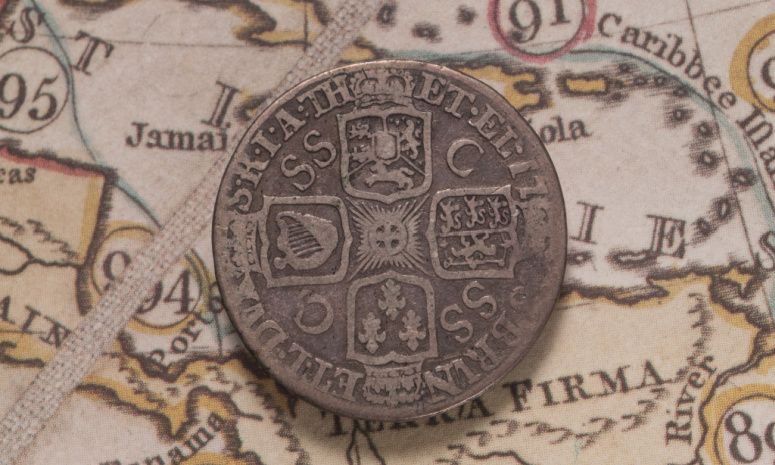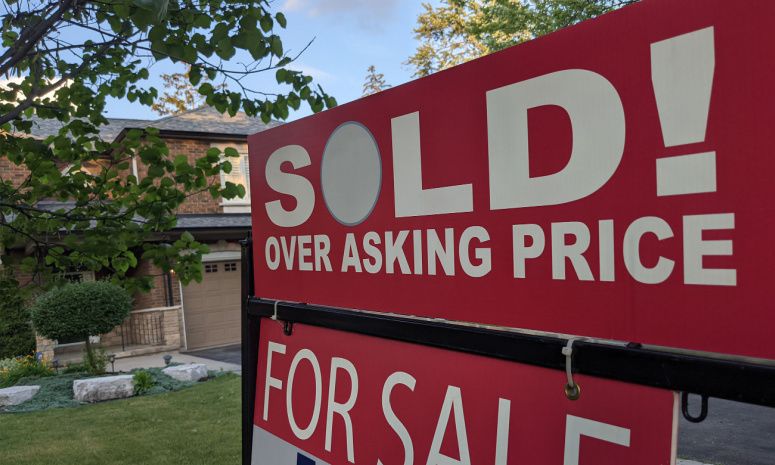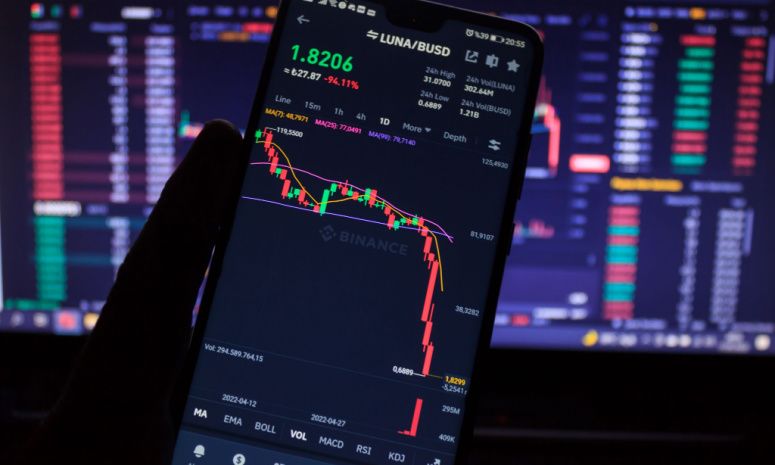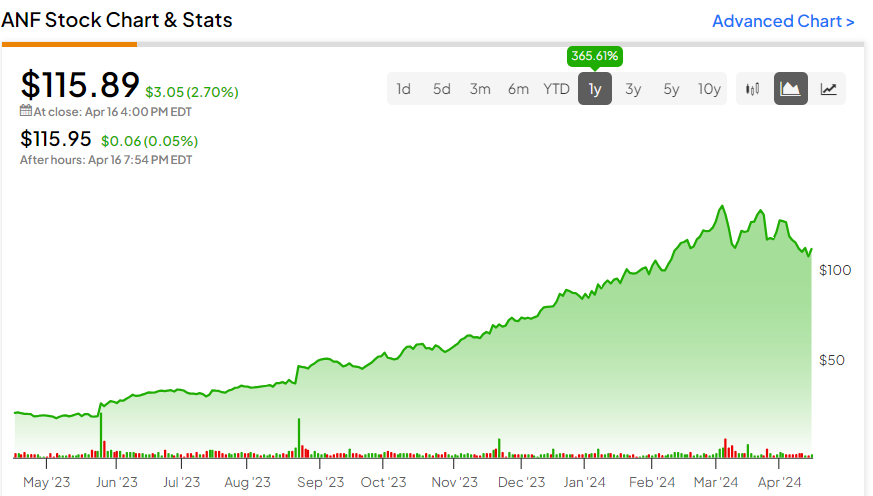This text/put up incorporates references to services or products from a number of of our advertisers or companions. We could obtain compensation whenever you click on on hyperlinks to these services or products
A monetary bubble happens when a particular asset or funding class turns into extensively overvalued, adopted by a sudden drop in worth. Normally, it’s again to a extra affordable worth — however it doesn’t make it sting any much less for buyers who jumped aboard the bandwagon.
We’ve seen this sample time and again all through historical past with completely different belongings, in several nations. It’s certain to occur once more sooner or later. That’s why it’s vital to grasp how bubbles occur so you understand how to react whenever you spot a one rising.
The Brief Model:
- Monetary bubbles deliver an accelerated, extra excessive model of the pure development and contraction cycles of economies
- The earliest recognized bubble occurred within the 1630s within the Netherlands over the catapulting values of tulips
- Innovation and pleasure over new developments can result in bubbles as dangerous gamers attempt to capitalize on a rising asset (like expertise shares or railway developments)
- Bubbles are prone to balloon and burst when confronted with inadequate regulation or authorities oversight
Largest Financial Bubbles in Historical past
The financial system works in cycles of development and contraction. Robust financial intervals usually result in widespread prosperity, whereas recessions deliver job losses, asset worth decreases, and monetary hardship. Monetary bubbles deliver a extra excessive model of this cycle.
For those who time your investments proper, you’ll be able to earn an enormous revenue from quickly rising costs. Whereas dangerous, merchants and buyers may revenue from the downturn via brief gross sales.
Among the best-known bubble bursts ranged from flowers to collectible toys to actual property and inventory market segments. Listed below are among the largest historic bubble bursts to learn about.
The Dutch Tulips Bubble

Tulipmania occurred within the 1630s and is likely one of the earliest recognized monetary bubbles. Over a couple of years, the value of tulips jumped by leaps and bounds because the flowers — notably the speckled or striped varieties — grew to become increasingly more costly as a consequence of excessive demand.
On the peak worth, a single uncommon tulip may promote for a similar worth as a mansion in Amsterdam. The bubble started with spiking demand from rich Dutch aristocrats. It quickly trickled all through Dutch society and Europe. As costs elevated, many Dutch industries turned their consideration to tulips and the immense earnings generated by rising and promoting bulbs and flowers.
The equal of day merchants emerged from all elements of society, seeking to earn a revenue from flipping bulbs. In fact, flowers are simply grown in lots of elements of the world and finally die. No flower or flower bulb ought to be value as a lot as a home.
Inevitably, the costs got here crashing down and devastated the individuals who have been concerned.
The South Sea Firm Bubble

The South Sea Bubble is typically referred to as the world’s first monetary market crash and maybe the primary Ponzi scheme. Within the early 1700s, successes by the East India Firm and different Caribbean-focused enterprises led to the founding of the South Sea Firm.
The general public-private partnership was traded on the general public inventory alternate. The inventory worth dramatically rose when the federal government granted the corporate a authorized buying and selling monopoly for slave buying and selling and different ventures. Regardless of challenges and disputes with Spain, King George personally invested within the firm. This additional drove demand and pushed up the worth of the complete British inventory market.
On this case, what went up rapidly got here crashing in a equally dramatic trend. In August 1720, the inventory hit a excessive worth of $£1,000. By the next December, the value fell to £124, dropping about 80%. Through the South Sea Firm bubble, a whole bunch of corporations have been created to trip the tide of inventory market sentiment, a lot of which have been scams. The sample of scammers making an attempt to reap the benefits of market exuberance has performed out time and again in historical past.
Associated >>> What Can Previous Inventory Market Crashes Train Us?
The U.Ok. Railway Bubble

Railway Mania was a inventory market bubble within the U.Ok. Within the 1840s. On this inventory market bubble, the shares of railway corporations grew and grew. A whole lot of latest rail corporations have been established with plans for 9,500 miles of latest observe.
Rates of interest have been low, and rail corporations appeared to the general public monetary markets to boost funds for enlargement. The rich and center class poured their cash into rail shares via one of many first fashionable inventory markets.
Low regulation within the British financial system meant few guardrails to stop over-investing. Ultimately, many railways began dropping cash, proving removed from the worthwhile funding extensively anticipated. Share costs started to wobble, and an increase in rates of interest helped set off a steep decline. Whereas the ensuing rail strains finally grew to become an integral a part of the nationwide rail community, it was additionally extensively thought-about a pricey and painful financial blunder.
Twenties Inventory Market Bubble

On October 29, 1929, one of many longest intervals of inventory market prosperity in america got here to an finish. The main inventory market index was up about six instances within the Twenties main as much as “Black Thursday.” On that fateful October day, the inventory market opened down 11%. Losses over Thursday and Friday totaled over 20%, foreshadowing an extended interval of steep losses.
When the market hit its low level in July 1932, the Dow Jones Industrial Common (DJIA) misplaced about 90% of its worth. It took about 25 years to get better.
Historical past buffs know this era coincided with the Nice Melancholy, a prolonged financial recession lasting from 1929 to 1941. The newly-created Federal Reserve has acquired among the blame. Along with large inventory market losses, unemployment charges in America grew from 3.2% to 25%. 1000’s of banks failed amid a run on the trade.
Black Friday and the Nice Melancholy led to the founding of the Securities and Trade Fee (SEC) and President Franklin Roosevelt’s The New Deal, one of many largest U.S. employment and infrastructure funding tasks in historical past.
Japanese Actual Property Bubble

From 1986 to 1991, Japanese actual property out-earned its fame as one of many world’s costliest actual property markets. Whereas the inventory market was additionally flying excessive and reached information, actual property costs hit astronomical ranges. Land costs in Japan rose by as a lot as 5,000%.
On the peak, Tokyo actual property was value $139,000 per square foot. That was 350 instances the value in Manhattan, a notoriously costly market. Utilizing a worth of $139,000 per sq. foot, the Imperial Palace in Tokyo was value greater than the complete actual property market in California mixed. Japan’s actual property market was value 4 instances that of america regardless of being about 4% of the dimensions.
Inside three years, the Nikkei inventory market common fell by greater than half. The restoration took about ten years, making this a ‘Misplaced Decade’ for the Japanese financial system.
Seeking to purchase? >>> What Is Due Diligence in Actual Property? (Finest Practices, Suggestions)
The Dot-Com Bubble

The Dot Com Bubble was a inventory market bubble targeted on web, telecom, and expertise shares within the late Nineteen Nineties. The tech-heavy NASDAQ Composite index rose by about 582% over five years earlier than falling by 75% over a brief interval.
The telecom trade overbuilding and overvaluation parallels the U.Ok. Railway Bubble above. Exuberance and expectations of large earnings led to low-cost debt and overbuilding web networks. Tacking “.com” onto a enterprise title made elevating cash from skilled and retail buyers simple.
When buyers found out that placing a retailer on-line wasn’t the identical as planting an orchard of low-maintenance cash timber, many corporations went below fully. Pets.com, Worldcom, and World Crossing all went bankrupt in a spectacular trend.
However with the infamy of the tech bubble got here some successes. Identify manufacturers like Amazon, Google, PayPal, and eBay emerged as long-term successes as a consequence of viable enterprise fashions. This proved that well-run ventures may nonetheless survive a bubble collapse and go on to bigger successes.
Associated >>> 5 Indicators of Bother within the Inventory Market
The U.S. Housing Bubble

Within the early 2000s, it was simple to get a mortgage. As house costs steadily rose, even subprime consumers may simply qualify for costly mortgages. Many signed contracts they didn’t perceive the place their mortgage began with a low month-to-month cost and later ballooned to a a lot increased month-to-month out-of-pocket value.
And, as a result of costs have been going up so quick, it was simple to refinance with a cash-out refi, placing owners in debt they couldn’t afford. Insightful fund supervisor Michael Burry is now famous for having noticed the pending monetary storm. Nonetheless, banks, mortgage lenders, and plenty of inventory buyers weren’t so fast to see what was occurring.
In 2007 and 2008, housing costs got here crashing down, alongside a giant inventory market crash. The housing collapse was a part of what grew to become often known as The Nice Recession and concerned financial institution and automotive firm bailouts and the high-profile failures of almost 500 banks over six years. Among the best-known failures embrace IndyMac, Washington Mutual Financial institution (WaMu), Bear Stearn, and Lehman Brothers.
The Cryptocurrency Bubble

Bitcoin launched in 2009 as the primary fashionable cryptocurrency. The underlying blockchain expertise led to the creation of a vibrant trade of digital currencies and non-fungible tokens (NFTs) alongside an revolutionary set of monetary and asset-tracking applied sciences.
Whereas blockchain expertise stays a helpful creation, lots of the cryptocurrencies created in the course of the crypto increase weren’t so savory. Bitcoin started going “to the moon” (crypto slang for worth enhance) beginning in 2020. At its peak, Bitcoin was value about $70,000.
Different currencies, together with Ethereum and meme cash Dogecoin and Shiba Inu, additionally noticed large worth spikes. Almost all blockchain and crypto tasks appeared like gold, turning out returns over 100% APY for sure tasks.
However a few of these tasks turned out to be extra like Ponzi schemes than legit asset investments. Others have been alleged pump-and-dump operations that appeared much more like sports activities playing than investing. Crypto and NFT values plummeted in late 2021 and the primary half of 2022. Many grew to become nugatory and several other crypto ventures went bankrupt. Whereas the markets appear to have stabilized as of fall 2022, there’s no crystal ball to inform us the way forward for the crypto trade.
Do not get caught within the crosshairs >>> Spot a Crypto Rip-off
The Takeaway: What Comes Up Will Virtually Definitely Come Down
Monetary market bubbles have occurred many instances and are prone to happen once more. With data and understanding of asset markets, you’re higher positioned to identify a bubble and reap the benefits of the positive aspects whereas skipping out on the losses.
In fact, timing the market may be very troublesome, and there’s at all times a danger of losses with any funding. Investing in a bubble makes the chance of losses even higher. For those who suppose you’ve noticed a bubble within the markets, proceed with excessive warning.
Look Alive Out There 👀 👀 👀 >>>






